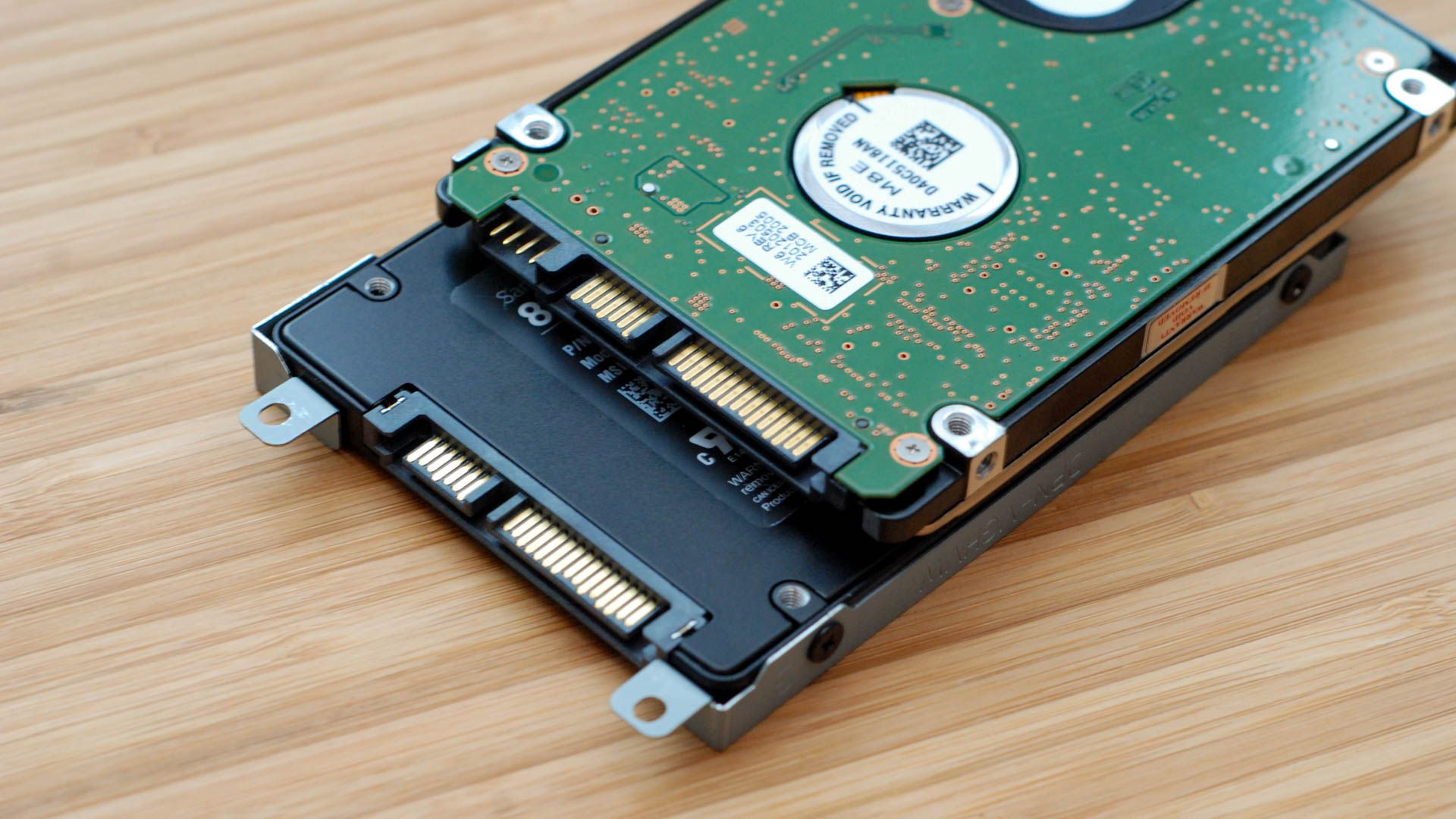The Best Network Monitoring For MSPs of 2024

What is network monitoring?
Network monitoring constantly checks the network’s activities and network equipment performance. The most important factors to look out for are device failure or overloading. A network device monitor repeatedly polls the network, receiving reports from device agents. The device agents constantly scan the devices that host them, keeping their reports up to date and ready to send out as soon as a request arrives.
Another type of network monitor is a traffic analyzer. This type of monitor extracts traffic data from switches and routers. Each brand of device has its favored statistics-gathering language. The most frequently used is NetFlow; others are IPFIX, sflow, and J-Flow. So, a network traffic monitor needs to be able to use all of these protocols to fully monitor any network, many of which might have devices from different vendors.
Why is network monitoring important for MSPs?
Managed service providers (MSPs) monitor their clients’ systems, including the IT systems of remote sites. MSPs need to use automated monitoring tools for networks, servers, and software. Network monitoring systems are important because problems with the network will ripple through to all other parts of the system. Therefore, MSPs need to catch network performance issues early and prevent them from impacting users.
The network monitoring systems that managed service providers use are usually bundled into RMM packages. A remote monitoring and management (RMM) bundle includes all of the tools that an MSP technician needs to watch over a client’s system. The network monitor needs an alerting system that will warn of a problem when it is detected. This is a cost saver for MSPs because they don’t have to dedicate any staff to watching the network. Technicians will know they are needed if they receive a notification of a problem on the network.
While monitoring networks, RMM systems also monitor servers and software in a similar alert-based fashion. RMM packages are multi-tenanted, meaning each client’s monitoring data goes into a different sub-account. Thus, technicians who receive a notification about a network problem will know which network they need to look at.
How to find the best network monitoring software for MSPs
Finding the best network monitoring software for managed service providers (MSPs) requires careful consideration of several key factors. MSPs manage multiple clients’ networks, so the software must be capable of handling complex, multi-tenant environments while offering the automation, security, and scalability that MSPs need. Here’s a guide on how to find the best network monitoring software for MSPs:
- Assess Multi-Tenant Capabilities: The software should provide a centralized dashboard that allows you to monitor and manage multiple networks from a single interface.
- Comprehensive Monitoring: Choose a solution offering real-time network component monitoring.
- Performance Alerts: A network monitor should provide customizable alerts for performance issues, device failures, security threats, and downtime.
- Customizable Reports and Dashboards: Choose software that offers customizable reports and dashboards to generate performance metrics, network health summaries, and security compliance reports.
- Integration with RMM Bundles: MSPs rely on RMM (remote monitoring and management) tools, which should include network monitoring.
- Ease of Deployment and Use: The network monitoring tool should be easy to deploy across multiple clients’ networks without significant disruption.
- Historical Data and Trend Analysis: The storage of historical network activity data is important for network capacity planning.
- Compliance and Auditing: Clients in regulated industries will expect MSPs to provide compliance reporting for standards like HIPAA, GDPR, and PCI DSS.
MSPs need to be particularly careful when selecting IT network monitoring systems. A suitably automated package will create extra cost savings that can give the business a competitive edge when bidding for contracts.
FAQs
What is MSP network monitoring?
MSP network monitoring is an essential part of a managed service provider’s duties, and it requires a suitable network monitoring tool. Purchasing an automated network monitoring tool can give MSPs great cost savings and a competitive edge.
What is the most widely used network monitoring and management protocol?
The most widely used network monitoring and management protocol is the Simple Network Management Protocol. This protocol is at the core of all network device monitoring systems. The system also creates a way to discover all of the devices on a network and compile a network inventory and topology map.
What are the four categories of network monitoring?
The four categories of network monitoring are:
- Performance Monitoring: Focuses on network device statuses.
- Bandwidth Monitoring: This looks at traffic flow volumes to ensure that devices are not overloaded.
- Availability Monitoring: Also known as Ping monitoring, these systems just check whether a network device, endpoint, or Web server has gone offline.
- Security Monitoring: These tools can be integrated into SIEM packages.
Source link








